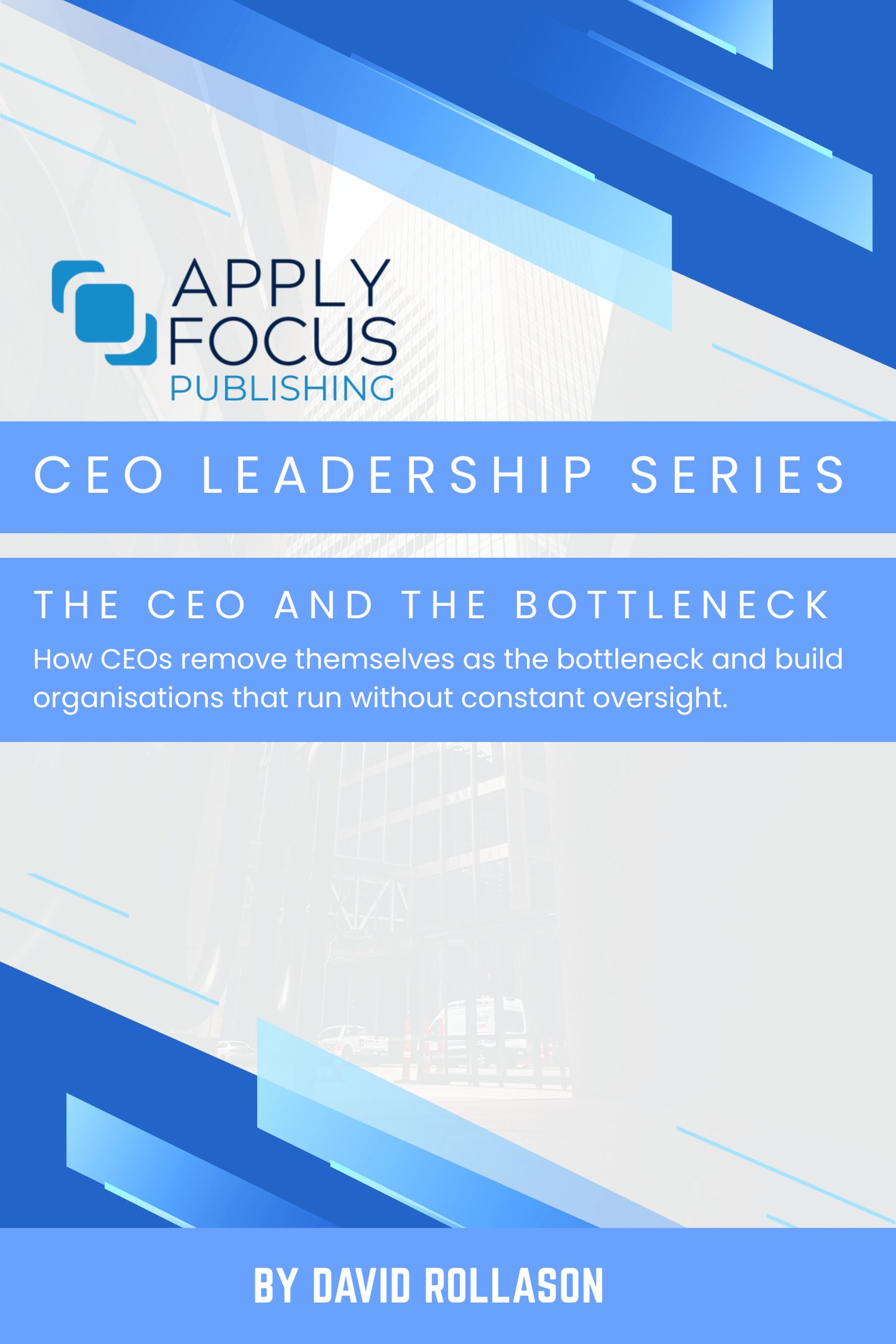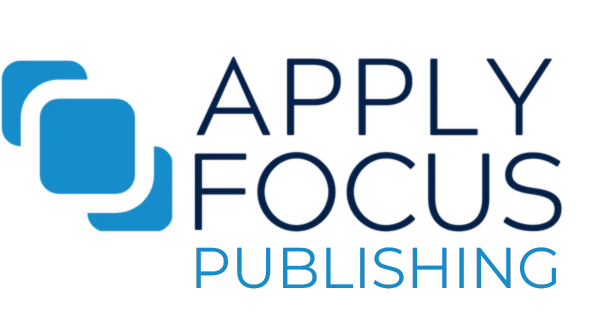
The CEO and the Bottleneck
The CEO and the Bottleneck, First Edition. By David Rollason.
This book exists for one simple reason. Most organisations are not slow because people lack effort, talent, or commitment. They are slow because they are structured in a way that depends too heavily on the CEO. When the organisation waits for the CEO to decide, approve, interpret, or push, progress is limited by the capacity of one person. The bottleneck is not in the teams, systems, or market. It sits at the top.
This is not a criticism of CEOs. It is a structural reality. Many CEOs have reached their position because they solve problems well. They lead from the front. They provide clarity when others hesitate. They have shown resilience and capability. These strengths, however, create an unexpected limitation. The organisation becomes accustomed to depending on the CEO. Over time, this habit becomes cultural. Problems escalate upward. Decisions are delayed. Leaders look for permission rather than take ownership. The CEO becomes the valve that controls the flow of work.
The purpose of this book is to help CEOs remove themselves as the bottleneck and build an organisation that moves without needing constant direction. This is not about stepping back or becoming less involved. It is about shifting the focus of leadership from control to clarity. When the CEO provides clarity on priorities, expectations, and decision boundaries, the organisation can act independently. Work begins to flow naturally. Effort is directed where it matters. The CEO no longer needs to push continuously to sustain progress.
The ideas in this book are practical. They are based on real organisational behaviour, not theory or idealised leadership principles. Each chapter addresses a specific pattern that causes slowdown, hesitation, or dependency. The intention is not to impress with complexity, but to describe clearly what happens in organisations when leadership is unclear or uneven. The focus remains on cause and effect. When the cause is understood, the path forward is direct.
Culture is central throughout this book. Not as a slogan or an abstract concept, but as the system of habits, expectations, and behaviours that determine how work gets done. Culture is the operating environment. If the environment supports ownership, clarity, and trust, the organisation moves with speed and confidence. If the environment supports caution, escalation, and avoidance, the organisation slows, regardless of how skilled or motivated the people are. Culture is shaped by what leaders consistently reinforce. It is not shaped by values written on walls or spoken in meetings.
This book uses a calm and direct tone because calm execution is the foundation of sustainable speed. Urgency can create movement, but only for a short time. Pressure forces action, but it also creates rework and instability. Calm execution creates progress that lasts. It allows people to think before they act. It reduces friction. It increases the quality of decisions. It builds confidence across the organisation.

